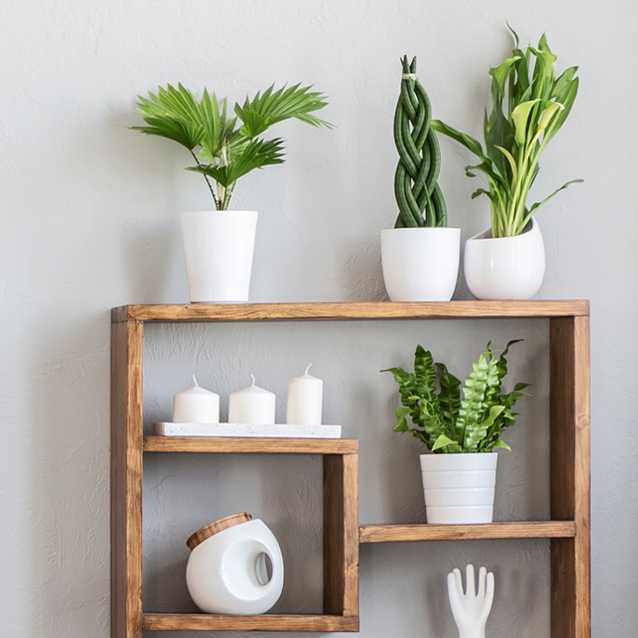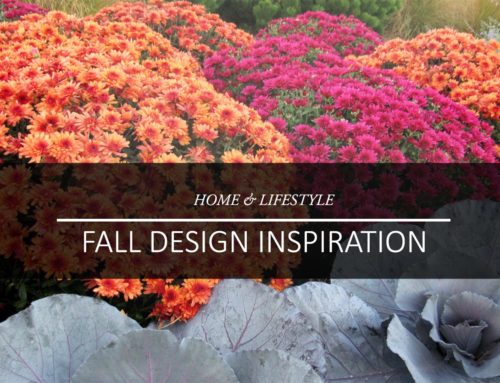Beyond looking pretty and being a hugely resurgent trend in decor, indoor plants are known to reduce carbon dioxide levels, airborne dust, certain pollutants… and increase humidity. If you’re not a green thumb yourself, you may be hesitant to jump onto this new/old trend. Above and beyond being stylish interior accessories, there are SO many benefits to adding a little green into your surroundings. Science shows that plants have the ability to reduce stress, and can also aid in purifying the air. Who doesn’t love that? A small investment of time, education and care are so worth the benefits that plants can bring into the home. Because of that, we have put together some tips to help you get started!

- Simple facts: your plants will need water, light and warmth. Don’t forget to open up the blinds and keep your plants in a bright spot – but not too close to cooler windows. If you’re going to be away, you’ll want to maintain the natural light and temperature in the home. Ask someone to water, as needed.
- With that in mind, one of the most common causes of plant death is actually over-watering! Spend a few minutes googling the type of plant(s) you’ve purchased for specific info about how much water they thrive on. You may not think of yourself as a ‘green thumb’, but it is oh so easy to empower yourself with the confidence that comes with a little plant know-how.
- Plants slowly adjust to their surroundings – you’ll notice that their leaves may move and change dependant on where they ‘live’ in the home. Try not to move your plants around once they are content in a certain spot.
- ‘Variegated’ is the term for plants that have leaves with white edges or markings. These types of plants usually are most happy with more light than others.
- Don’t be shy to give your plants a little ‘haircut’. Pruning your plants help keep them full and lush. If your plants foliage has thinned out on the ends, trim them up. Your plant will be using energy to try to revive these struggling limbs, that will drain its resources. You’re much better off trimming them off so that your plant can thrive overall.





